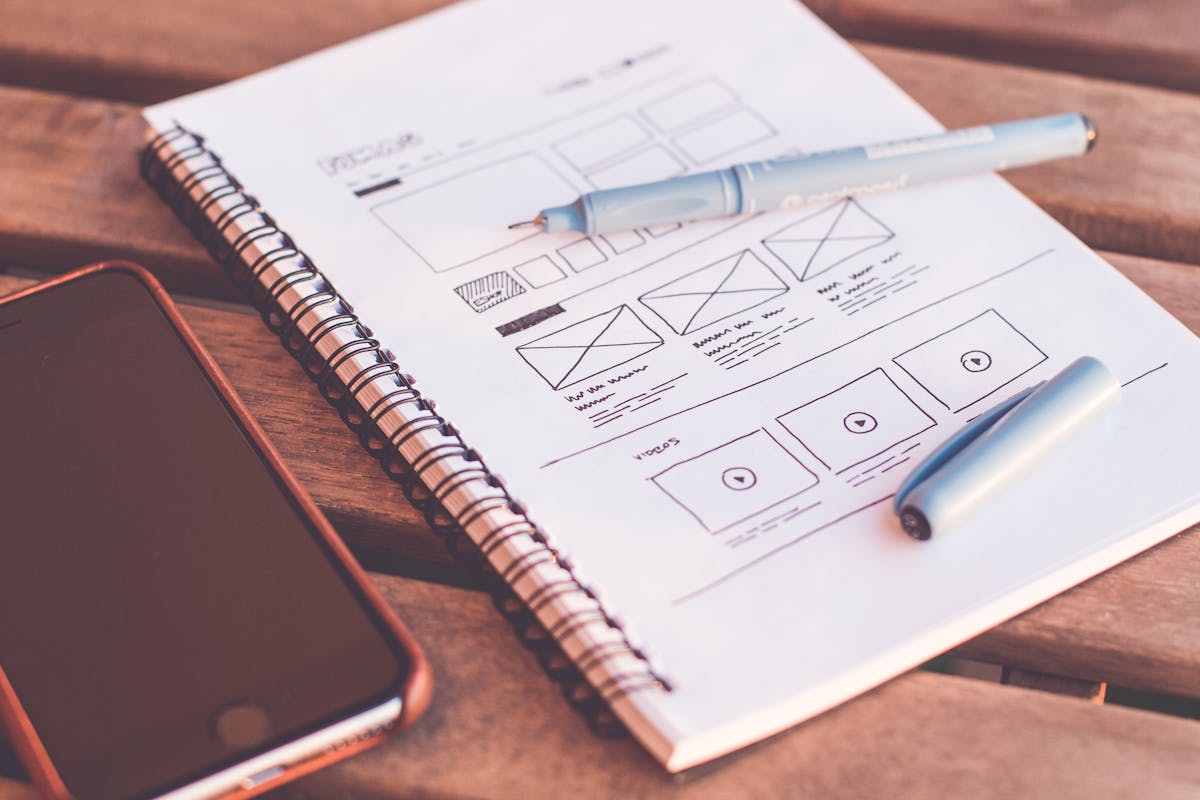Responsive Web Design: Essential Tips for 2025
Learn the latest responsive web design techniques, from mobile-first approaches to advanced CSS Grid layouts that work perfectly across all devices.

Responsive Web Design: Essential Tips for 2025
In today’s multi-device world, responsive web design isn’t just a nice-to-have—it’s absolutely essential. With users accessing websites from smartphones, tablets, laptops, and large desktop screens, your design must adapt flawlessly to every screen size.
The Mobile-First Approach
Why Mobile-First Matters
Starting with mobile design offers several advantages:
- Forces you to prioritize essential content
- Ensures faster loading on limited bandwidth
- Aligns with Google’s mobile-first indexing
- Creates a solid foundation for scaling up
Implementation Strategy
Begin with the smallest screen size and progressively enhance:
/* Base styles for mobile */
.container {
padding: 1rem;
width: 100%;
}
/* Tablet styles */
@media (min-width: 768px) {
.container {
padding: 2rem;
max-width: 1024px;
margin: 0 auto;
}
}
/* Desktop styles */
@media (min-width: 1024px) {
.container {
padding: 3rem;
max-width: 1200px;
}
}Modern CSS Layout Techniques
CSS Grid for Complex Layouts
CSS Grid excels at creating responsive layouts:
.grid-container {
display: grid;
grid-template-columns: repeat(auto-fit, minmax(300px, 1fr));
gap: 2rem;
padding: 2rem;
}Flexbox for Component Layout
Perfect for navigation bars, card layouts, and centering content:
.nav-container {
display: flex;
justify-content: space-between;
align-items: center;
flex-wrap: wrap;
padding: 1rem;
}Responsive Typography
Fluid Typography with clamp()
Create typography that scales naturally:
h1 {
font-size: clamp(2rem, 5vw, 4rem);
line-height: 1.2;
}
p {
font-size: clamp(1rem, 2.5vw, 1.25rem);
line-height: 1.6;
}Optimal Reading Experience
- Line length: 45-75 characters
- Line height: 1.4-1.6 for body text
- Adequate contrast ratios
- Sufficient white space
Image Optimization
Responsive Images
Use the srcset attribute for different screen densities:
<img
src="image-400.jpg"
srcset="image-400.jpg 400w,
image-800.jpg 800w,
image-1200.jpg 1200w"
sizes="(max-width: 400px) 400px,
(max-width: 800px) 800px,
1200px"
alt="Descriptive alt text"
/>Modern Image Formats
Implement WebP with fallbacks:
<picture>
<source srcset="image.webp" type="image/webp">
<source srcset="image.jpg" type="image/jpeg">
<img src="image.jpg" alt="Fallback image">
</picture>Performance Considerations
Critical Rendering Path
Optimize the critical rendering path:
- Inline critical CSS
- Preload important fonts
- Minimize render-blocking resources
- Use efficient CSS selectors
Loading Strategies
/* Lazy loading images */
img[loading="lazy"] {
opacity: 0;
transition: opacity 0.3s;
}
img[loading="lazy"].loaded {
opacity: 1;
}Testing and Debugging
Browser DevTools
Use responsive design mode:
- Test various device sizes
- Throttle network speed
- Check touch targets
- Validate contrast ratios
Real Device Testing
Always test on actual devices:
- Different operating systems
- Various browsers
- Different network conditions
- Accessibility tools
Accessibility in Responsive Design
Touch Targets
Ensure touch targets are at least 44px × 44px:
.button {
min-height: 44px;
min-width: 44px;
padding: 12px 16px;
touch-action: manipulation;
}Focus Management
Provide clear focus indicators:
.button:focus {
outline: 2px solid #2563eb;
outline-offset: 2px;
}Common Responsive Patterns
Navigation Patterns
Hamburger Menu for Mobile:
.nav-toggle {
display: none;
}
@media (max-width: 768px) {
.nav-toggle {
display: block;
}
.nav-menu {
display: none;
position: absolute;
top: 100%;
left: 0;
width: 100%;
}
.nav-menu.active {
display: block;
}
}Card Layouts
Responsive card grids:
.card-grid {
display: grid;
grid-template-columns: repeat(auto-fill, minmax(280px, 1fr));
gap: 1.5rem;
}
.card {
border: 1px solid #e5e7eb;
border-radius: 8px;
padding: 1.5rem;
transition: transform 0.2s;
}
.card:hover {
transform: translateY(-2px);
}Tools and Resources
Development Tools
- Browser DevTools: Built-in responsive testing
- Responsively App: Test multiple devices simultaneously
- BrowserStack: Cross-browser testing platform
CSS Frameworks
- Tailwind CSS: Utility-first responsive framework
- Bootstrap: Component-based responsive system
- Bulma: Modern CSS framework based on Flexbox
Best Practices Checklist
Content Strategy
- Prioritize content for mobile users
- Use progressive disclosure
- Optimize form layouts for touch
- Ensure readable font sizes
Technical Implementation
- Use relative units (rem, %, vw, vh)
- Test on real devices
- Optimize images for different screen densities
- Implement proper caching strategies
Performance
- Minimize HTTP requests
- Optimize critical rendering path
- Use efficient CSS selectors
- Implement lazy loading
Future Considerations
Container Queries
The future of responsive design:
@container (min-width: 400px) {
.card {
display: flex;
flex-direction: row;
}
}CSS Subgrid
Better nested grid layouts:
.parent-grid {
display: grid;
grid-template-columns: repeat(3, 1fr);
}
.child-grid {
display: grid;
grid-template-columns: subgrid;
}Conclusion
Responsive web design in 2025 is about creating seamless experiences across all devices. By embracing mobile-first design, utilizing modern CSS techniques, and prioritizing performance and accessibility, you can build websites that truly work for everyone.
The key is to start simple, test extensively, and iterate based on real user feedback. Remember, responsive design isn’t just about making things fit—it’s about creating optimal experiences for each context of use.
What responsive design challenges have you encountered? Share your experiences in the comments!

